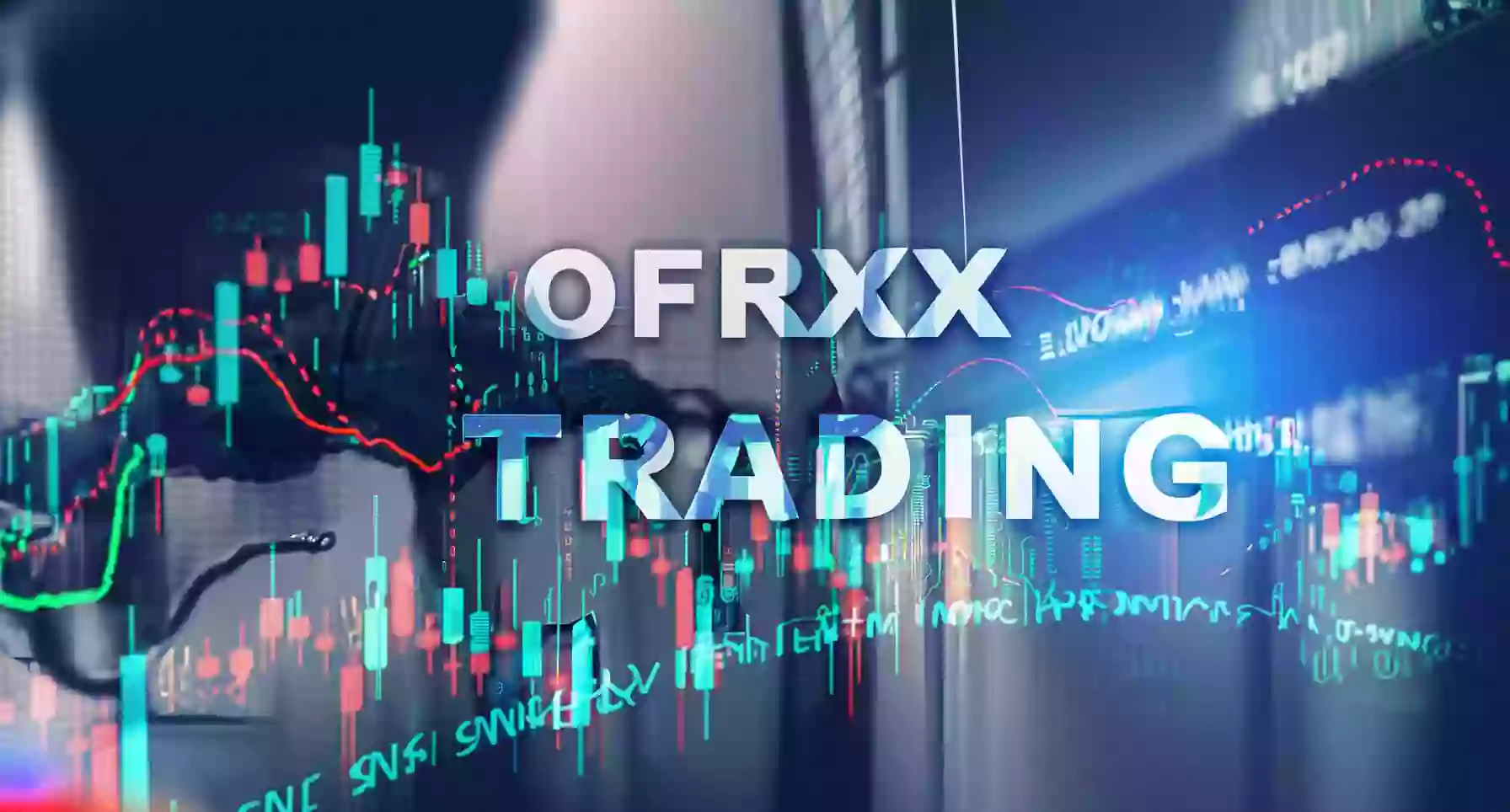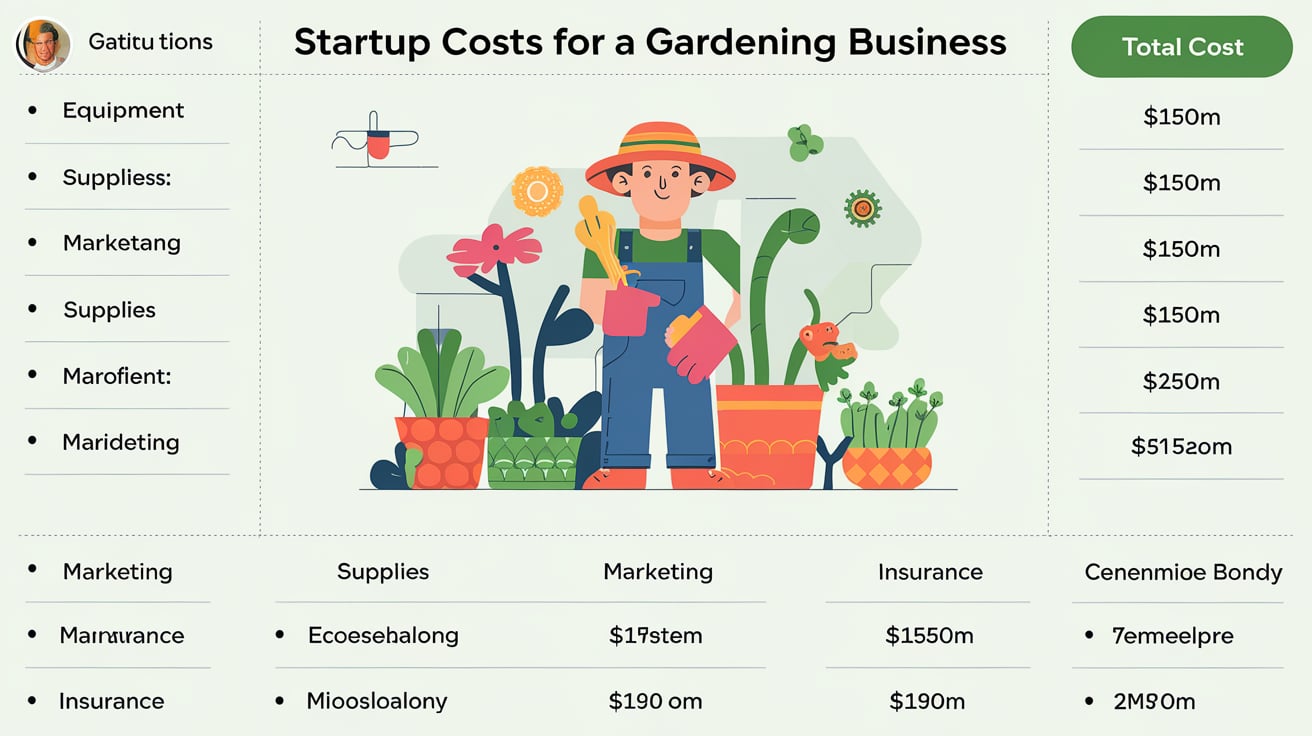Forex trading, also known as foreign exchange trading or FX trading, is the buying and selling of currencies to profit from changes in currency exchange rates. It is a decentralized global market where all the world’s currencies are traded. The foreign exchange market is considered the largest and most liquid financial market in the world with an estimated daily trading volume of $5.3 trillion.
Brief History of Forex Trading
Foreign exchange markets were first established in the 1970s when countries gradually switched to floating exchange rates from fixed ones. This allowed currency values to fluctuate based on supply and demand, leading to the creation of a new market for currency traders.
The development of technology led to a rapid growth in electronic forex trading, making it accessible to retail traders around the globe.
In recent years, there has been a significant increase in forex trading due to advancements in technology and increased globalization. More people are investing their money into this lucrative market due to its high liquidity, low barriers to entry, and potential for large returns.
Importance of Forex Trading in the Global Economy
Forex trading plays a vital role in facilitating international trade and investment by allowing businesses and individuals from different countries to purchase goods and services using different currencies. It enables companies that operate globally to manage their risk by hedging their exposure against adverse movements in exchange rates.
The forex market also provides an opportunity for investors looking for diversification as it allows them access to various financial instruments such as futures contracts, options, forwards contracts, etc., which can be used as part of investment portfolios.
Forex trading is an important aspect of global finance that has evolved significantly over time. As we move further into an era of globalization where cross-border transactions will become even more common than they already are today, forex markets will continue to play an increasingly important role in facilitating trade, investment, and economic growth.
Understanding the Basics of Forex Trading
Currencies and Currency Pairs
To understand foreign exchange trading, it is essential first to understand currencies and currency pairs. Currencies are the medium of exchange used by different countries worldwide. These currencies can be traded against one another in pairs, where you buy one currency while selling another simultaneously.
The currency on the left side of the pair is called the base currency, while the one on the right is known as the quote currency. The most commonly traded currency pairs are known as major pairs.
These include EUR/USD (Euro/US dollar), USD/JPY (US dollar/Japanese yen), GBP/USD (British pound/US dollar), and USD/CHF (US dollar/Swiss franc). Trading in these major pairs provides ample liquidity, making them easier to trade than other less common pairs.
Bid and Ask Prices
Every forex pair has two prices: a bid price and an ask price. The bid price represents how much of the quote currency you require to sell for purchasing one unit of the base currency.
On contrary, Ask prices reflect how much quote currency you have to pay for buying a single unit of base-currency. For instance, if you want to buy EUR/USD at 1.1000, it means you have to pay $1.10 USD for purchasing one Euro or sell one euro for 1.10 USD.
Spread
The difference between bid prices and ask prices is what’s referred to as spread or buying/selling fee charged by brokers as compensation for their services rendered. Therefore, whenever traders enter a trade at market value, they effectively open their position with an immediate loss that equals this spread value because they’ll have either bought at a higher rate or sold at a lower rate than market price.
Leverage
Leverage is an essential tool that forex traders use to magnify the value of their trades. It enables traders to open larger positions than they could typically afford, thus maximizing potential profits. Leverage is expressed as a ratio, for instance, 100:1.
This implies that for every $1 invested in the trade, the trader can control up to $100. While leverage can be a powerful tool to increase profits, it also increases risks significantly.
Traders should use leverage carefully and only after carefully evaluating their risk tolerance and financial situation. It’s crucial not to over-leverage your account as this may lead to catastrophic losses if the market moves against your trades.
Factors Affecting Foreign Exchange Rates
Economic factors
One of the most important economic factors influencing foreign exchange rates is interest rates. When a country raises its interest rates, it attracts foreign investment and capital inflows, which can strengthen its currency. Conversely, when a country reduces its interest rates, it creates an incentive for investors to move their capital elsewhere and can weaken its currency.
Interest rate differentials are often used by traders as a key indicator of currency strength or weakness. Another economic factor that affects forex trading is inflation.
Inflation refers to the rate at which prices increase over time in an economy. When inflation rises, purchasing power falls and the value of a currency may decrease as well.
As inflation increases, central banks may raise interest rates to combat it, which can strengthen a currency. Gross Domestic Product (GDP) is also an important economic indicator of foreign exchange rates.
GDP measures the total value of goods and services produced within a country’s borders over a specific period. Generally speaking, when GDP growth is strong and positive, it can create demand for the country’s currency as investors seek to participate in its expanding economy.
Political factors
Government stability is an important factor affecting forex trading as well. Political instability can lead to uncertainty about economic policies and direction of the country, which in turn can hurt investor confidence in the short-term or long-term prospects for that nation’s economy. In turn this usually leads to weakening of that nation’s currency relative to others with more stable political environments.
International relations between countries also impact Forex Trading significantly particularly around trade agreements or disagreements; such events could have direct consequences on trade between countries hence affecting their respective economies significantly leading to changes in currencies’ values.
For instance sanctions on imports from Country X could lead to weaker currencies whereas improved relationships between two countries could lead increase in trade hence stronger currencies.
Overall, there are a myriad of factors that can influence foreign exchange rates, and traders must be aware of these factors to make informed trading decisions. By keeping a close eye on economic and political events around the world, traders can better understand how these factors impact currency values and make the most of their trades.
Types of Forex Trading Strategies
Fundamental Analysis Strategy
The fundamental analysis strategy involves examining the economic, financial, and other quantitative and qualitative factors that influence currency values. This includes analyzing macroeconomic indicators such as inflation rates, central bank monetary policies, interest rates, GDP growth rates, employment figures, and trade balances.
Many forex traders who use the fundamental analysis strategy consult various news sources to stay informed on the most recent political and economic developments that might impact currency values.
For example, a trader might monitor news reports from countries whose currencies they are trading or track policy announcements made by central banks. Fundamental analysis is a long-term trading strategy that requires patience and diligence.
Traders who use this approach often hold positions for weeks or months because it can take time for changes in economic conditions to manifest in currency prices. However, when executed correctly over time, this strategy can lead to significant profits.
Technical Analysis Strategy
The technical analysis strategy involves analyzing past market data such as price patterns and trends to predict future price movements of currencies. Technical analysts believe that historical price movements reflect all relevant information about an asset’s underlying value.
Traders who use technical analysis often employ tools like charts and graphs to help them visualize patterns in price movements over time. They also use various technical indicators such as moving averages, Fibonacci retracements, support/resistance levels to identify potential buying or selling opportunities.
One of the main advantages of using technical analysis is its ability to provide traders with clear entry points as well as stop loss levels when executing trades. It also allows traders to quickly identify trends and patterns in market behavior so they can adjust their strategies accordingly.
Sentiment Analysis Strategy
The sentiment analysis strategy involves monitoring the overall sentiment or mood of market participants towards particular currencies or assets. Sentiment analysis can be both quantitative (based on data) and qualitative (based on opinions or emotions).
Traders who use sentiment analysis often rely on news sources, social media platforms, and other online forums to gather information about market participants’ attitudes towards a currency or asset. For example, if there is widespread negative sentiment towards the US dollar due to political unrest, traders may opt to buy another currency like the Japanese yen.
One of the advantages of using sentiment analysis is that it can provide traders with valuable insights into market psychology that might not be reflected in other types of market data. However, it’s important for traders to also exercise caution when relying on sentiment analysis since investor sentiment can be highly unpredictable and subject to sudden shifts.
Trading Platforms and Tools for Forex Trading
Forex trading platforms are essential software tools that enable traders to access the currency market and execute trades. There are various forex trading platforms available in the market, but Metatrader4 (MT4) and CTrader are among the most popular ones.
Metatrader4 (MT4)
MT4 is a user-friendly forex trading platform that provides a wide range of features such as advanced charting tools, technical analysis indicators, and order management capabilities. It also supports algorithmic trading with the use of Expert Advisors (EAs).
EAs can be programmed to automatically execute trades based on predefined rules or even custom indicators allowing traders to automate their strategies. Another great feature of MT4 is its mobile application which allows traders to manage their accounts while on-the-go.
One downside of MT4 is its limited backtesting capability which means that users cannot backtest multiple currencies simultaneously. Additionally, it has fewer features than other advanced trading platforms.
CTrader Platform
The CTrader platform is another popular forex trading platform that offers an intuitive user interface with a range of advanced charting tools and technical analysis indicators. It also allows for customization with several add-ons including custom indicators, automated trading bots as well as APIs for third-party software integration.
A significant advantage of CTrader over other platforms is its depth of market feature which enables traders to see liquidity levels at different price levels providing insights into market trends. This helps the trader make more informed decisions when executing orders.
Forex Signals Services
In addition to these two popular platforms, there are various forex signal services available in the market today. Forex signals provide real-time alerts on currency prices changes indicating entry or exit points for a particular trade. They can be provided by either automated or human analysts working with specialized software to analyze market trends and patterns.
The advantages of forex signal services are that they allow traders to execute trades without having to conduct extensive analysis themselves. However, it is important to select reputable signal providers as there are many fraudulent ones in the market.
Ultimately, the choice of forex trading platforms and tools depends on each trader’s individual needs and preferences. It is essential to thoroughly research and compare various platforms before selecting one that suits a specific trading strategy.
Risks Associated with Forex Trading
Forex trading is a risky endeavor, and it is important for traders to understand the various risks associated with it. Among the most significant risks of Forex trading are leverage risk, market risk, and liquidity risk. These risks have the potential to cause significant losses for traders if they are not managed correctly.
Leverage Risk
Leverage is one of the key features of Forex trading that allows traders to control large positions with a relatively small amount of capital. However, this can also lead to leverage risk, which refers to the potential for losses to exceed initial investments due to the use of leverage.
For example, if a trader uses 100:1 leverage on a $1,000 trade and experiences a 1% loss ($10), their actual loss would be $1,000 because of the leverage used. This can result in significant losses if trades do not go according to plan.
To manage leverage risk, traders should ensure they understand how much leverage they are using and limit their position sizes accordingly. They should also use stop-loss orders to minimize potential losses and avoid over-trading or taking on too much risk.
Market Risk
Market risk refers to the potential for losses due to changes in market conditions such as economic events or geopolitical developments that impact currency prices. This type of risk can be difficult to predict or control as it depends on external factors that are outside of a trader’s control.
To manage market risk, traders should stay up-to-date on current events that may impact currency prices and consider using hedging strategies such as placing offsetting trades or using options contracts.
Liquidity Risk
Liquidity risk refers to the potential for losses due to an inability to exit a trade at the desired price. This can occur when there is a lack of buyers or sellers in the market, resulting in wider bid-ask spreads or slippage.

To manage liquidity risk, traders should avoid trading illiquid currency pairs and be aware of market conditions that may impact liquidity such as holidays or unexpected news events. They should also consider using limit orders instead of market orders to ensure they are able to execute trades at the desired price.
Forex Market Participants and Their Roles in the Market
The Forex market has a diverse range of participants, each with unique roles that contribute to the smooth functioning of the market. The largest players in the market are banks and financial institutions, who account for up to 90% of all Forex transactions. These banks facilitate currency exchange through various services offered to corporations, non-profit organizations, governments and individuals.
Banks and Financial Institutions
Banks are the primary participants in Forex trading as they provide liquidity to the market by buying and selling currencies. They trade on behalf of their clients or their own accounts, thereby earning profits through spread fees charged on transactions. Banks use electronic trading platforms such as Reuters Dealing, EBS or Currenex to offer pricing quotes for major currency pairs like EUR/USD or USD/JPY.
Financial institutions such as hedge funds, pension funds or insurance companies also participate in Forex trading. They typically trade large volumes of currency pairs based on macroeconomic data and global events such as interest rate changes by central banks or geopolitical tensions that could affect exchange rates.
The Forex market is a complex global marketplace where currencies are traded around the clock. Its importance cannot be overemphasized as it facilitates international trade and investment while providing opportunities for traders to earn profit through speculation.
we have seen from our discussion above, understanding the basics of Forex trading requires knowledge about currencies, factors affecting exchange rates, trading strategies as well as participation by various players including banks and financial institutions.
While it can seem daunting at first glance with its many intricacies, anyone can participate in Forex trading with proper education and guidance. With dedication and discipline coupled with reliable information sources such as reputable forex brokers or signal services providers one can achieve success in this exciting arena. Consider reading >>>> Inflation: The Invisible Enemy of Your Wallet to learn more.
As an author writing and creating business courses and articles, I am responsible for developing and delivering high-quality content that is informative, engaging, and relevant to the target audience.
I monitor and analyzes business trends and topics to create courses and articles that provide value to readers and students here. I am responsible for ensuring that all content is accurate, well-written, and met the needs of the target audience.






